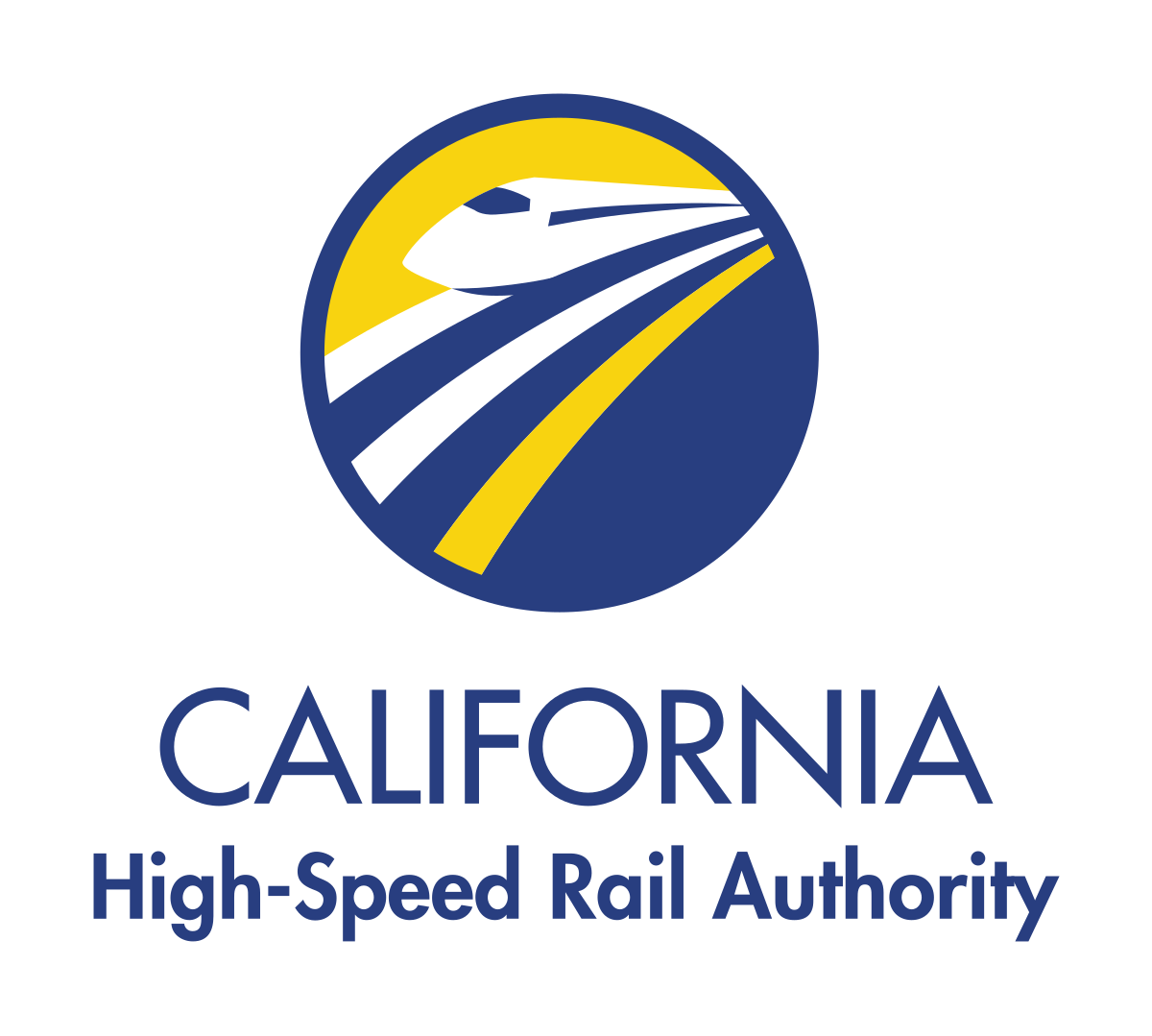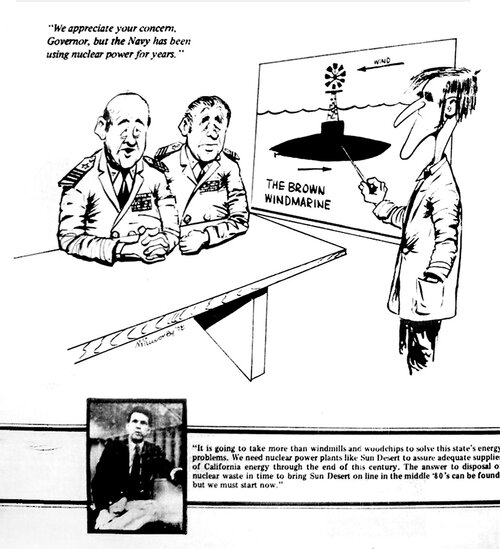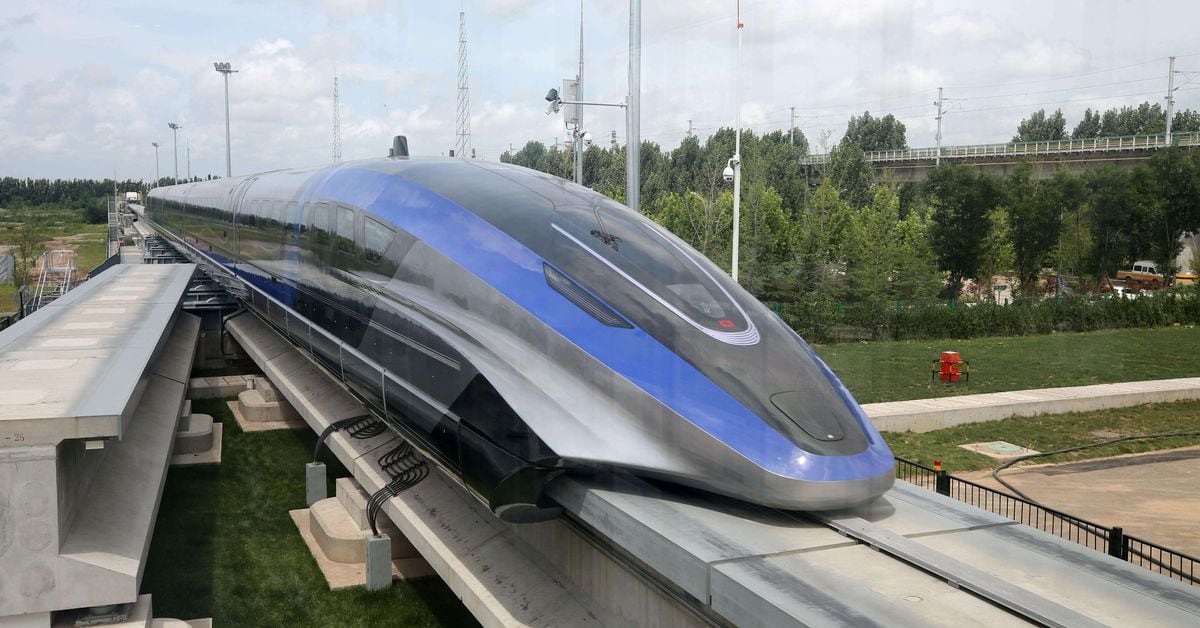- Joined
- 9 October 2009
- Messages
- 19,991
- Reaction score
- 10,489
Via Slashdot:
https://www.nytimes.com/2022/10/09/us/california-high-speed-rail-politics.html (Registration or subscription may be required)
https://www.nytimes.com/2022/10/09/us/california-high-speed-rail-politics.html (Registration or subscription may be required)
LOS ANGELES — Building the nation’s first bullet train, which would connect Los Angeles and San Francisco, was always going to be a formidable technical challenge, pushing through the steep mountains and treacherous seismic faults of Southern California with a series of long tunnels and towering viaducts.
But the design for the nation’s most ambitious infrastructure project was never based on the easiest or most direct route. Instead, the train’s path out of Los Angeles was diverted across a second mountain range to the rapidly growing suburbs of the Mojave Desert — a route whose most salient advantage appeared to be that it ran through the district of a powerful Los Angeles county supervisor.
The dogleg through the desert was only one of several times over the years when the project fell victim to political forces that have added billions of dollars in costs and called into question whether the project can ever be finished.
Now, as the nation embarks on a historic, $1 trillion infrastructure building spree, the tortured effort to build the country’s first high-speed rail system is a case study in how ambitious public works projects can become perilously encumbered by political compromise, unrealistic cost estimates, flawed engineering and a determination to persist on projects that have become, like the crippled financial institutions of 2008, too big to fail.





